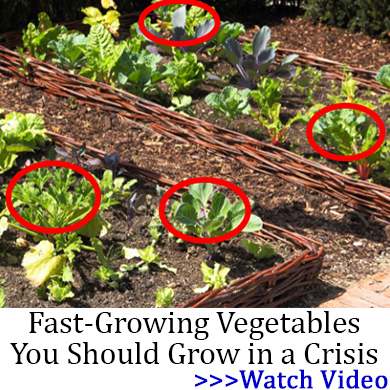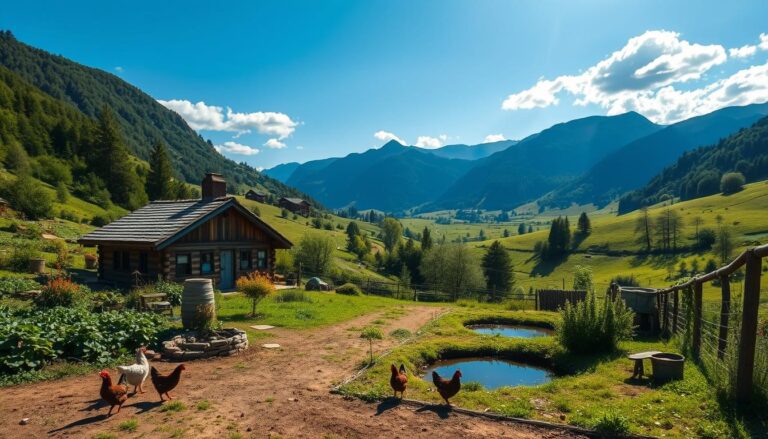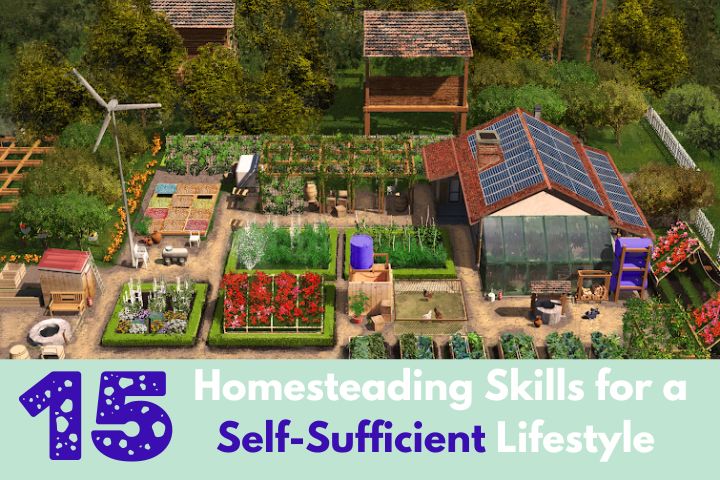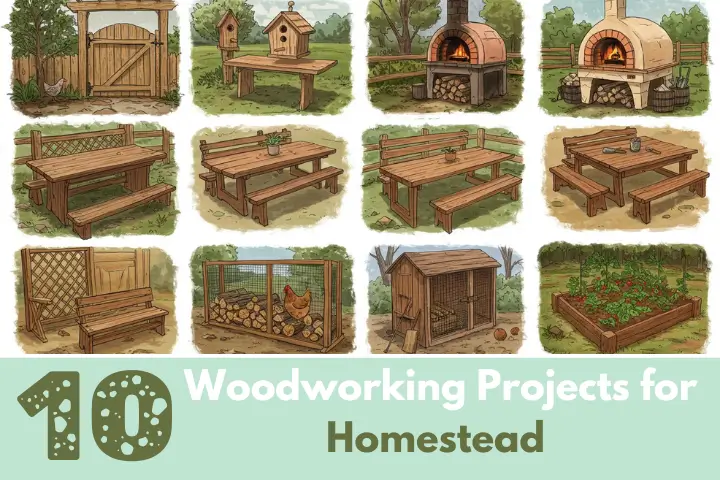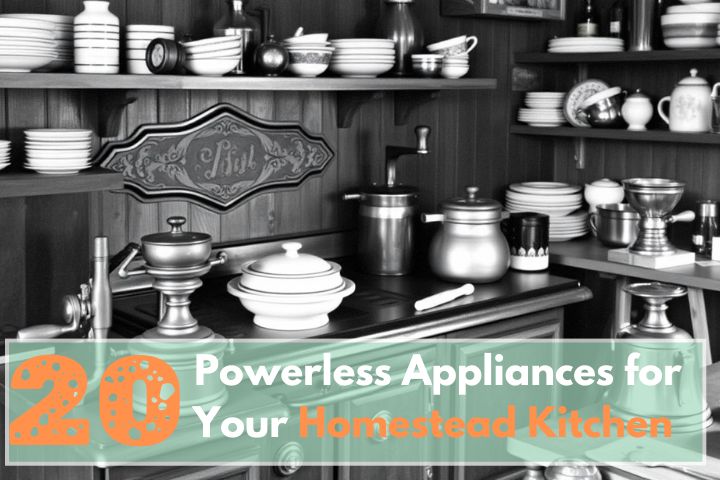How to Start Homesteading: A Simple Step-by-Step Guide for Beginners
Homesteading is a lifestyle that promotes self-sufficiency, sustainability, and independence. It’s about cultivating your own food, raising livestock, generating your own energy, and relying on your skills to create a more sustainable and fulfilling way of life. Whether you’re new to the idea or have been considering it for years, this step-by-step guide will help you get started on your homesteading journey.

What is Homesteading?
At its core, homesteading means living off the land in a way that is self-reliant. Traditionally, homesteading referred to the practice of settlers claiming land and developing it by building homes and farming the land. Today, homesteading is more of a lifestyle choice—it’s about being less reliant on external systems, such as commercial farming or utility providers, and instead producing what you need yourself.
Homesteading can look different for everyone. Some people do it on large rural properties, while others live in urban or suburban areas with small gardens and backyard chickens. The ultimate goal is to live in harmony with nature, produce what you can, and create a sustainable, fulfilling way of life.
The History of Homesteading:
Homesteading as a formalized practice dates back to the Homestead Act of 1862, a law that granted U.S. citizens the opportunity to claim 160 acres of public land if they improved it by building a home and farming it. This Act was designed to encourage westward expansion and agricultural development across the country. Over time, homesteading became a way of life for many Americans seeking independence, self-sufficiency, and connection to the land.
However, the concept of homesteading predates the Homestead Act and can be seen in other cultures and societies that have relied on farming, gardening, and self-sustenance. In modern times, homesteading has evolved, blending traditional farming methods with modern-day sustainability practices such as permaculture, renewable energy use, and eco-conscious living.
How to Start Homesteading: Step-by-Step Guide
Starting a homestead might seem daunting, but by breaking it down into manageable steps, it becomes an achievable goal. Whether you’re beginning with a small garden or setting up a larger property, here’s a comprehensive guide to help you get started.
Step 1: Determine Your Homesteading Goals :
The first step in homesteading is deciding what your goals are. Do you want to focus on growing your own food, raising animals, or living off the grid? Knowing what you want to achieve will help guide your decisions and set priorities for your homestead.
Consider these aspects when defining your goals:
- Food production: Do you want to grow all your own fruits and vegetables, or just supplement your grocery store purchases?
- Animal husbandry: Do you want to raise animals for meat, milk, eggs, or fiber? Some people start small with chickens, goats, or rabbits, while others raise larger livestock.
- Sustainable energy: Are you interested in off-grid living, or would you prefer to stay connected to the power grid but use alternative energy sources like solar panels or wind turbines?
- Self-reliance: Are you looking to develop specific skills such as canning, preserving, woodworking, or natural medicine?
By identifying your goals, you can tailor your homesteading efforts to fit your lifestyle and resources.
Step 2: Choose the Right Location:
One of the most important aspects of starting a homestead is choosing the right location. If you already own property, you’re a step ahead. But if you’re looking to buy land, there are several factors to consider.
- Land Size and Type: You don’t need acres and acres of land to start a homestead. Even small plots of land, one to five acres, can support a productive homestead. The size of the land you choose depends on your goals and how much time you can commit to caring for it.
- Climate and Growing Conditions: The climate will influence what types of crops and animals you can raise. For instance, areas with long, hot summers are ideal for growing vegetables, while cooler climates are better suited for livestock like sheep or goats.
- Soil Quality: Fertile soil is essential for growing a successful garden. Before buying property, test the soil to determine its nutrient levels and whether it will support a variety of plants.
- Water Access: Access to clean water is essential for growing crops, raising animals, and general homesteading activities. If you’re purchasing land, ensure that it has access to a natural water source, like a well or stream, or that you’re able to install a rainwater collection system.
- Zoning and Regulations: Check local zoning laws to ensure that homesteading activities like farming, raising livestock, and building structures are allowed. Some areas have restrictions on livestock or agricultural practices, so it’s important to research these before purchasing land.
Step 3: Start Small and Build Gradually:
Starting a homestead doesn’t require jumping into everything at once. In fact, starting small will help you build the knowledge and experience you need to scale up over time.
- Start with a Garden: Begin by planting a small garden. Choose easy-to-grow crops like tomatoes, beans, and leafy greens. As you get more comfortable, you can expand your garden to include herbs, berries, or fruit trees.
- Raise Small Animals: Chickens are an excellent choice for beginners. They’re relatively low-maintenance, provide eggs, and can help with pest control in your garden. You can also start with rabbits, which are easy to care for and multiply quickly.
- Learn Basic Skills: Focus on learning basic homesteading skills such as gardening, animal care, food preservation (like canning and freezing), and woodworking. These are all foundational skills that will make your homesteading journey easier and more productive.
Step 4: Learn Essential Homesteading Skills:
Becoming self-sufficient involves mastering a variety of skills. Here are some essential skills every homesteader should learn:
- Gardening: Understanding how to grow and harvest your own food is at the heart of homesteading. Learn about soil health, crop rotation, and organic farming techniques to ensure your plants thrive.
- Animal Care: Learn the basics of raising animals, including feeding, housing, and caring for livestock. Chickens, goats, and rabbits are good beginner animals for homesteaders.
- Preserving Food: Canning, freezing, drying, and fermenting are all essential techniques for preserving food and extending the harvest throughout the year.
- Building and Repairing: Having the ability to build structures like chicken coops, storage sheds, and garden beds, as well as repairing fences or tools, is crucial for a homesteader.
- Sustainable Practices: Embrace renewable energy solutions like solar panels, wind turbines, and rainwater harvesting. These practices can reduce reliance on outside sources of power and water.
Step 5: Set a Budget and Plan for Initial Costs:
Homesteading does require some upfront investment, but many homesteaders find it to be an investment that pays off over time. It’s important to set a budget for land, tools, seeds, animals, and building materials.
- Land Costs: Depending on the location, land can be expensive, so it’s important to research your options. Consider whether buying raw land and building from scratch is a more affordable option than buying an already established homestead.
- Initial Setup Costs: Building infrastructure, such as a garden, animal pens, or a greenhouse, may require initial investment in tools, fencing, soil amendments, seeds, and other materials. Keep these costs in mind as you plan your budget.
- Operating Costs: Once you’ve established your homestead, you’ll need to budget for ongoing expenses such as feed for animals, water, seeds, and maintenance of structures and equipment.
Step 6: Focus on Sustainability:
As you build your homestead, think about ways to reduce waste, conserve resources, and create a sustainable environment. Incorporate sustainable practices into your daily life:
- Composting: Turn kitchen scraps, yard waste, and manure into nutrient-rich compost for your garden.
- Rainwater Harvesting: Install a rainwater collection system to gather water for irrigation or livestock.
- Energy Efficiency: Use solar panels, wind turbines, or a wood stove to power your homestead and reduce reliance on the grid.
By focusing on sustainability, you can create a homestead that is not only self-sufficient but also eco-friendly.

Common Homesteading Activities:
Homesteading involves a wide range of activities. Here are some of the most common tasks that homesteaders engage in:
- Gardening: Growing your own food is one of the main focuses of homesteading. Start with a small garden and expand as you gain experience.
- Raising Livestock: Raising animals like chickens, goats, and cows for meat, eggs, milk, or wool is a common part of homesteading.
- Food Preservation: Learning to can, freeze, or dehydrate food will help you store your harvest and have food available year-round.
- Crafting and DIY Projects: Many homesteaders enjoy crafting items like soap, candles, and homemade clothing. Homesteading often involves a DIY mindset whether it’s building structures, sewing clothes, or making handmade goods.
- Renewable Energy: Consider using renewable energy sources such as solar, wind, or hydropower to power your homestead, reduce your carbon footprint, and become more self-sufficient.
Conclusion:
Starting a homestead is an exciting journey toward self-sufficiency, sustainability, and a more connected lifestyle with the land. By following this step-by-step guide, you can begin your homesteading adventure and develop the skills and knowledge you need to live a more self-reliant life. Remember, homesteading is a gradual process, so start small, build your skills, and expand as you gain more experience.
Homesteading may seem like a big commitment, but with the right planning and mindset, it’s a fulfilling and rewarding way to live. Good luck as you embark on this journey toward a more sustainable and independent lifestyle!
How much land do I need to start a homestead?
The amount of land you need depends on your goals. A small homestead can start on 1-5 acres, but larger homesteads may require 10-20 acres or more. Consider your needs for farming, gardening, livestock, and housing when deciding.
Is it expensive to start a homestead?
The initial cost can be significant, especially if you are buying land, building a home, or purchasing livestock. However, over time, a homestead can save money by reducing food and utility bills. Consider starting small and gradually expanding your homestead to manage costs.
Do I need to be experienced to start a homestead?
While prior experience can be helpful, many homesteaders start without extensive knowledge. A willingness to learn, patience, and persistence are key. You can educate yourself through books, online resources, homesteading communities, or by working with experienced individuals.
What challenges do homesteaders face?
Homesteading comes with challenges such as extreme weather, pest management, unpredictable crop yields, animal care, and maintenance of infrastructure. However, these challenges can be overcome with planning, hard work, and persistence.

